Bamboo Structure and Its Impact on Mechanical Properties: A Case Study of Bambusa arundinaceae
Abstract
:1. Introduction
2. Materials and Methods
2.1. Sample Preparation
2.2. Cross-Sectional Scanning of the Sample
2.3. Axial Compression Test
2.4. Three-Point Bending Test
3. Results
3.1. Structure of Bamboo
3.2. Compression Experiment
3.2.1. Compressive Properties in the Axial Direction
3.2.2. Formatting of Mathematical Components
3.3. Bending Experiment
3.3.1. Flexural Properties
3.3.2. Flexural Behavior of Bamboo Blocks
4. Conclusions
Author Contributions
Funding
Data Availability Statement
Conflicts of Interest
References
- Zhang, Y.; Wu, L.; Li, Y.; Yang, J.; Yang, H.; Zhao, Y.; Chen, G. Bamboo shoot and its food applications in last decade: An undervalued edible resource from forest to feed future people. Trends Food Sci. Technol. 2024, 146, 104399. [Google Scholar] [CrossRef]
- Emamverdian, A.; Ding, Y.; Ranaei, F.; Ahmad, Z. Application of bamboo plants in nine aspects. Sci. World J. 2020, 2020, 7284203. [Google Scholar] [CrossRef]
- Xu, Y.; Wong, M.; Yang, J.; Ye, Z.; Jiang, P.; Zheng, S. Dynamics of carbon accumulation during the fast growth period of bamboo plant. Bot. Rev. 2011, 77, 287–295. [Google Scholar] [CrossRef]
- Obataya, E.; Kitin, P.; Yamauchi, H. Bending characteristics of bamboo (Phyllostachys pubescens) with respect to its fiber–foam composite structure. Wood Sci. Technol. 2007, 41, 385–400. [Google Scholar] [CrossRef]
- Chen, M.; Ye, L.; Li, H.; Wang, G.; Chen, Q.; Fang, C.; Dai, C.; Fei, B. Flexural strength and ductility of moso bamboo. Constr. Build. Mater. 2020, 246, 118418. [Google Scholar] [CrossRef]
- Lv, H.; Lian, C.; Xu, B.; Shu, X.; Yang, J.; Fei, B. Effects of microwave-assisted drying on the drying shrinkage and chemical properties of bamboo stems. Ind. Crops Prod. 2022, 187, 115547. [Google Scholar] [CrossRef]
- Huang, L.; He, J.; Tian, C.-M.; Li, D.-W. Bambusicolous fungi, diseases, and insect pests of bamboo. For. Microbiol. 2023, 3, 415–440. [Google Scholar]
- Amada, S. Hierarchical functionally gradient structures of bamboo, barley, and corn. Mrs Bull. 1995, 20, 35–36. [Google Scholar] [CrossRef]
- Wei, X.; Zhou, H.; Chen, F.; Wang, G. Bending flexibility of moso bamboo (Phyllostachys edulis) with functionally graded structure. Materials 2019, 12, 2007. [Google Scholar] [CrossRef]
- Rael, R. Earth Architecture; Princeton Archìtectural Press: New York, NY, USA, 2009. [Google Scholar]
- Chung, K.F.; Yu, W. Mechanical properties of structural bamboo for bamboo scaffoldings. Eng. Struct. 2002, 24, 429–442. [Google Scholar] [CrossRef]
- Xu, H.; Li, J.; She, Y.; Wang, H.; Xu, X. The unique flexibility feature of moso bamboo: Arising implications for biomimetic material design. Constr. Build. Mater. 2024, 411, 134568. [Google Scholar] [CrossRef]
- Wang, F.Y.; Wang, H.; Ma, J.W. Adsorption of cadmium (II) ions from aqueous solution by a new low-cost adsorbent—Bamboo charcoal. J. Hazard. Mater. 2010, 177, 300–306. [Google Scholar] [CrossRef] [PubMed]
- Kandhavadivu, P.; Vigneswaran, C.; Ramachandran, T.; Geethamanohari, B. Development of polyester-based bamboo charcoal and lyocell-blended union fabrics for healthcare and hygienic textiles. J. Ind. Text. 2011, 41, 142–159. [Google Scholar] [CrossRef]
- Ho, M.-p.; Lau, K.-t.; Wang, H.; Hui, D. Improvement on the properties of polylactic acid (PLA) using bamboo charcoal particles. Compos. Part B Eng. 2015, 81, 14–25. [Google Scholar] [CrossRef]
- Asada, T.; Ishihara, S.; Yamane, T.; Toba, A.; Yamada, A.; Oikawa, K. Science of bamboo charcoal: Study on carbonizing temperature of bamboo charcoal and removal capability of harmful gases. J. Health Sci. 2002, 48, 473–479. [Google Scholar] [CrossRef]
- Chen, M.; Weng, Y.; Semple, K.; Zhang, S.; Jiang, X.; Ma, J.; Fei, B.; Dai, C. Sustainability and innovation of bamboo winding composite pipe products. Renew. Sustain. Energy Rev. 2021, 144, 110976. [Google Scholar] [CrossRef]
- Holmes, J.W.; Brøndsted, P.; Sørensen, B.F.; Jiang, Z.; Sun, Z.; Chen, X. Development of a bamboo-based composite as a sustainable green material for wind turbine blades. Wind Eng. 2009, 33, 197–210. [Google Scholar] [CrossRef]
- Li, J. Flora of China. Harv. Pap. Bot. 2007, 13, 301–302. [Google Scholar] [CrossRef]
- Iqbal, S.M.; Hussain, L.; Hussain, M.; Akram, H.; Asif, M.; Jamshed, A.; Saleem, A.; Siddique, R. Nephroprotective potential of a standardized extract of bambusa arundinacea: In vitro and in vivo studies. ACS Omega 2022, 7, 18159–18167. [Google Scholar] [CrossRef]
- Zihad, S.N.K.; Saha, S.; Rony, M.S.; Banu, H.; Uddin, S.J.; Shilpi, J.A.; Grice, I.D. Assessment of the laxative activity of an ethanolic extract of Bambusa arundinacea (Retz.) Willd. shoot. J. Ethnopharmacol. 2018, 214, 8–12. [Google Scholar] [CrossRef]
- Naradala, J.; Allam, A.; Tumu, V.R.; Rajaboina, R. Antibacterial activity of copper nanoparticles synthesized by Bambusa arundinacea leaves extract. Biointerface Res. Appl. Chem. 2021, 12, 1230–1236. [Google Scholar]
- GB/T 15780-1995; Testing Methods for Physical and Mechanical Properties of Bamboos. The State Bureau of Quality and Technical Supervision: Beijing, China, 1995.
- Shao, Z.; Wang, F. The Fracture Mechanics of Plant Materials: Wood and Bamboo; Springer: Singapore, 2018; pp. 117–134. [Google Scholar] [CrossRef]
- Lian, C.; Liu, R.; Zhang, S.; Luo, J.; Fei, B. Research progress on anatomical structure of bamboo vascular bundles. China For. Prod. Ind. 2018, 45, 8–12. [Google Scholar] [CrossRef]
- Li, J.; Xu, H.; Yu, Y.; Chen, H.; Yi, W.; Wang, H. Intelligent analysis technology of bamboo structure. Part I: The variability of vascular bundles and fiber sheath area. Ind. Crops Prod. 2021, 174, 114163. [Google Scholar] [CrossRef]
- Li, H.-t.; Zhang, Q.-s.; Huang, D.-s.; Deeks, A.J. Compressive performance of laminated bamboo. Compos. Part B Eng. 2013, 54, 319–328. [Google Scholar] [CrossRef]
- Huang, D.S.; Zhou, A.P.; Li, H.T.; Su, Y.; Chen, G. Experimental study on the tensile properties of bamboo related to its distribution of vascular bundles. Key Eng. Mater. 2012, 517, 112–117. [Google Scholar] [CrossRef]
- Su, Q.; Chen, L.; Dai, C.; Fei, B.; Chen, X.; Luo, X.; Fang, C.; Ma, X.; Zhang, X.; Liu, H. Structure and mechanisms of foam-like bamboo parenchyma tissue. J. Mater. Res. Technol. 2023, 27, 617–629. [Google Scholar] [CrossRef]
- Dai, F.; Wang, Z.; Wang, H.; Zhang, W.; Zhong, T.; Tian, G. Vascular bundle characteristics and mechanical properties of Dendrocalamus sinicus. Constr. Build. Mater. 2023, 363, 129858. [Google Scholar] [CrossRef]
- Zhou, Q.; Tian, J.; Liu, P.; Zhang, H. Test and prediction of mechanical properties of Moso bamboo. J. Eng. Fibers Fabr. 2021, 16, 15589250211066802. [Google Scholar] [CrossRef]
- Talreja, R.; Waas, A.M. Concepts and definitions related to mechanical behavior of fiber reinforced composite materials. Compos. Sci. Technol. 2022, 217, 109081. [Google Scholar] [CrossRef]
- Zhang, X.; Li, J.; Yu, Z.; Yu, Y.; Wang, H. Compressive failure mechanism and buckling analysis of the graded hierarchical bamboo structure. J. Mater. Sci. 2017, 52, 6999–7007. [Google Scholar] [CrossRef]
- Chen, G.; Luo, H.; Yang, H.; Zhang, T.; Li, S. Water effects on the deformation and fracture behaviors of the multi-scaled cellular fibrous bamboo. Acta Biomater. 2018, 65, 203–215. [Google Scholar] [CrossRef] [PubMed]
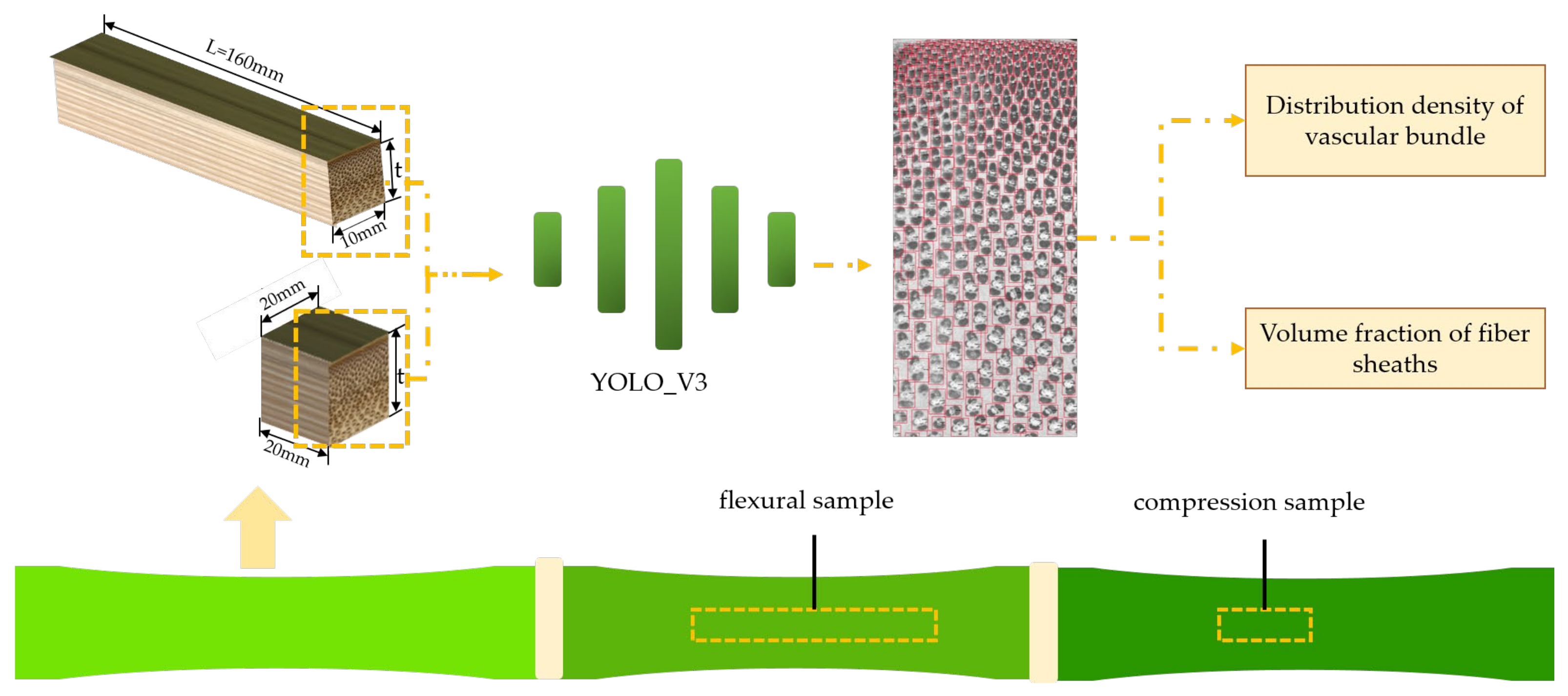
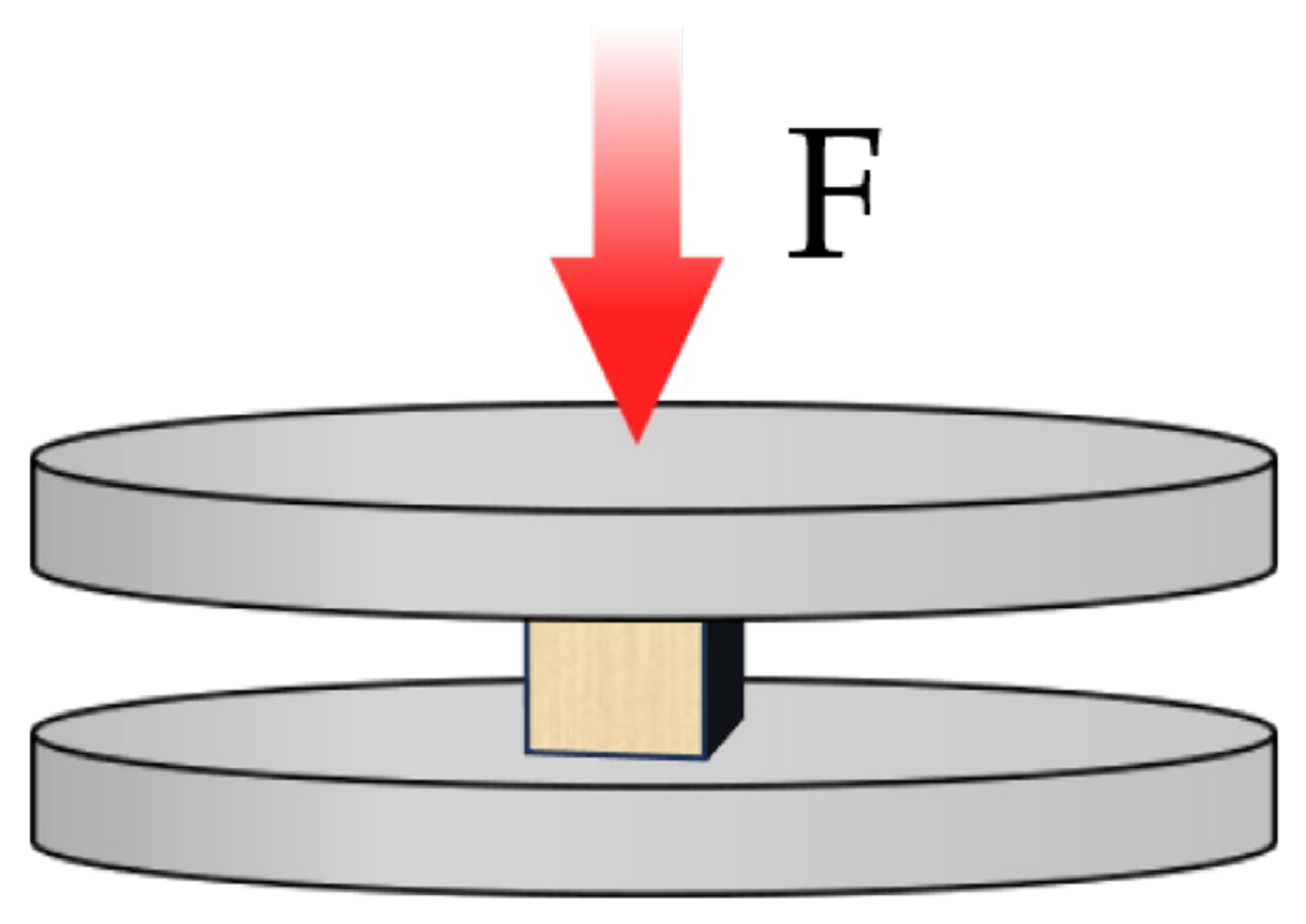

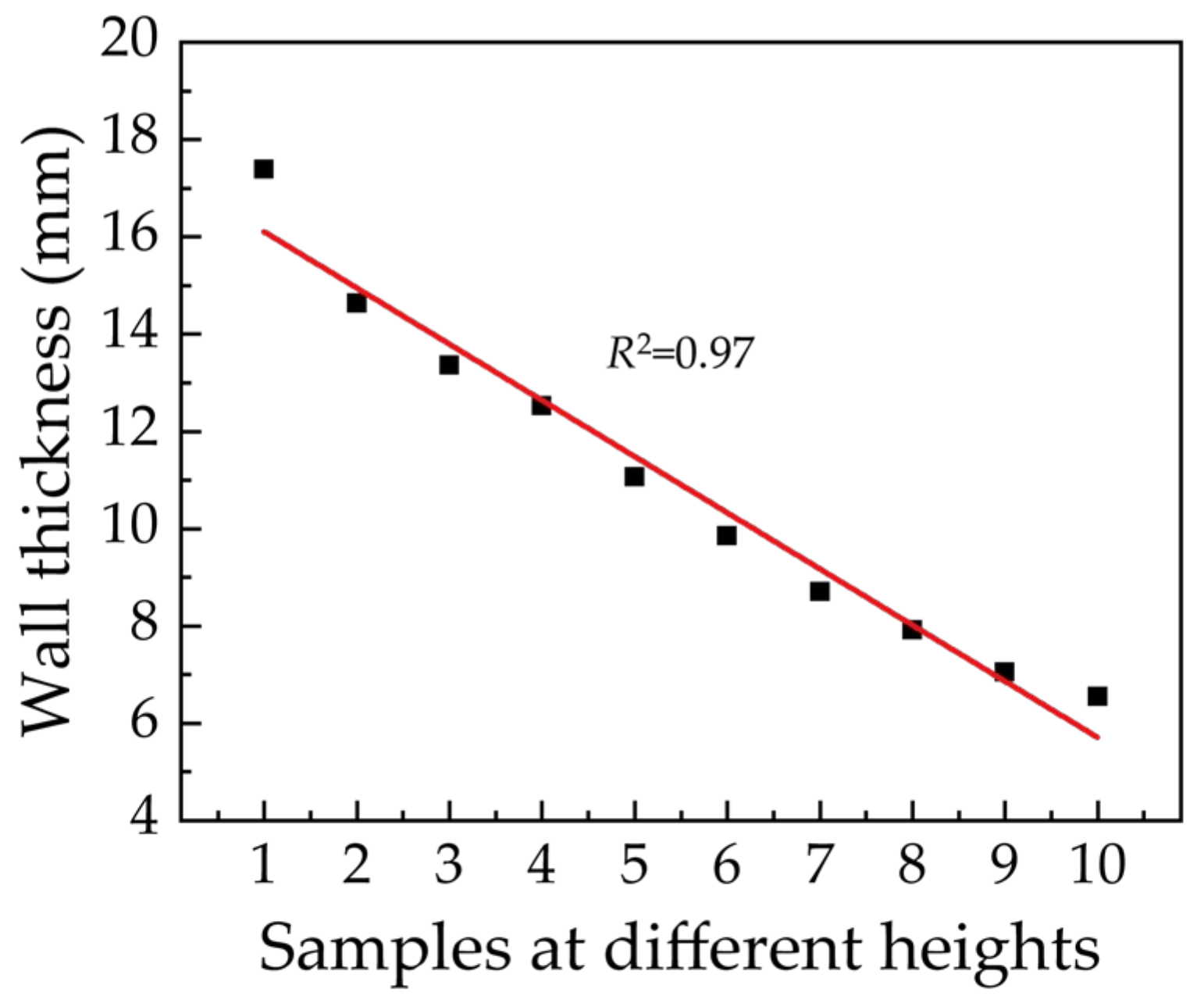
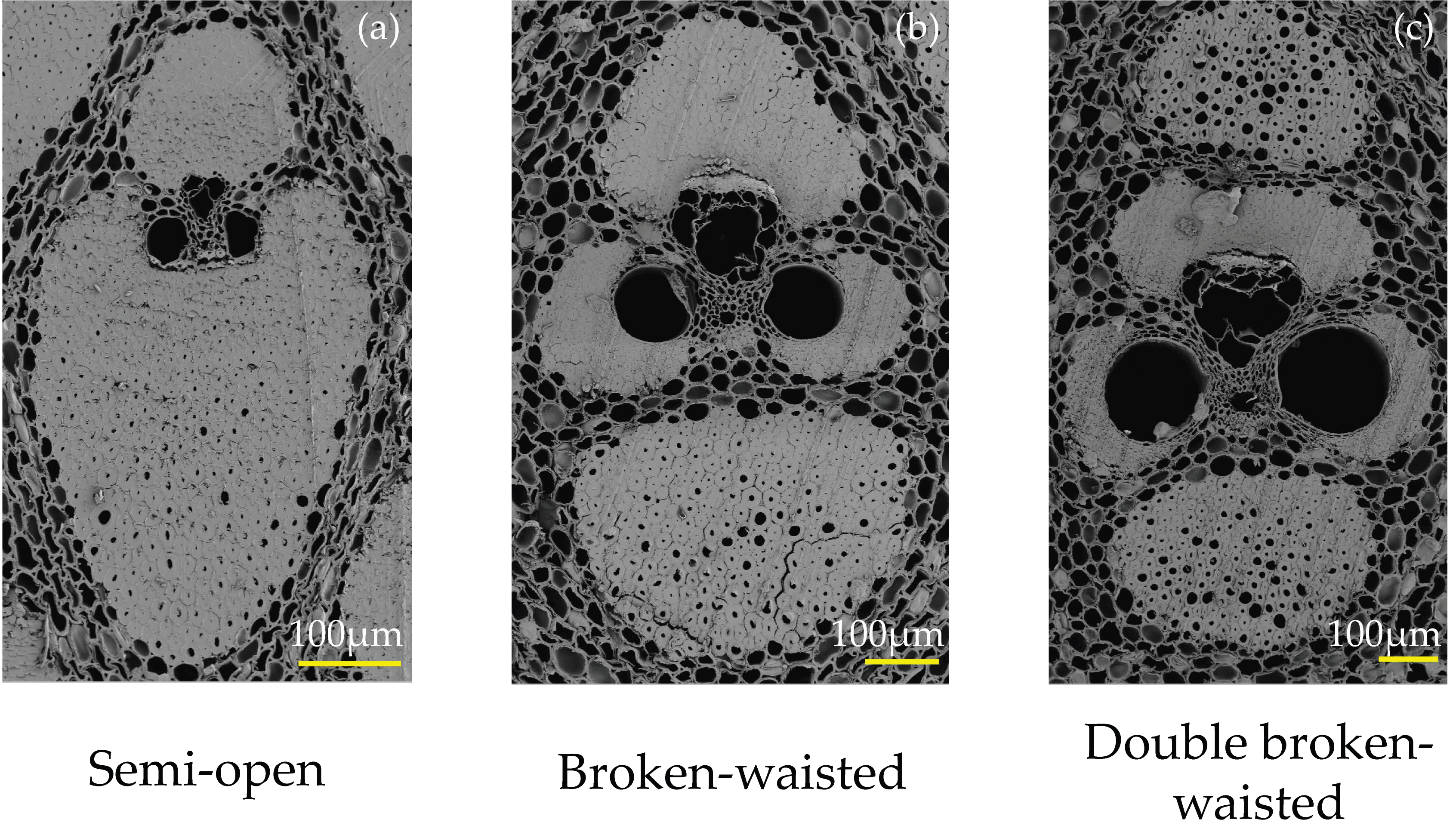

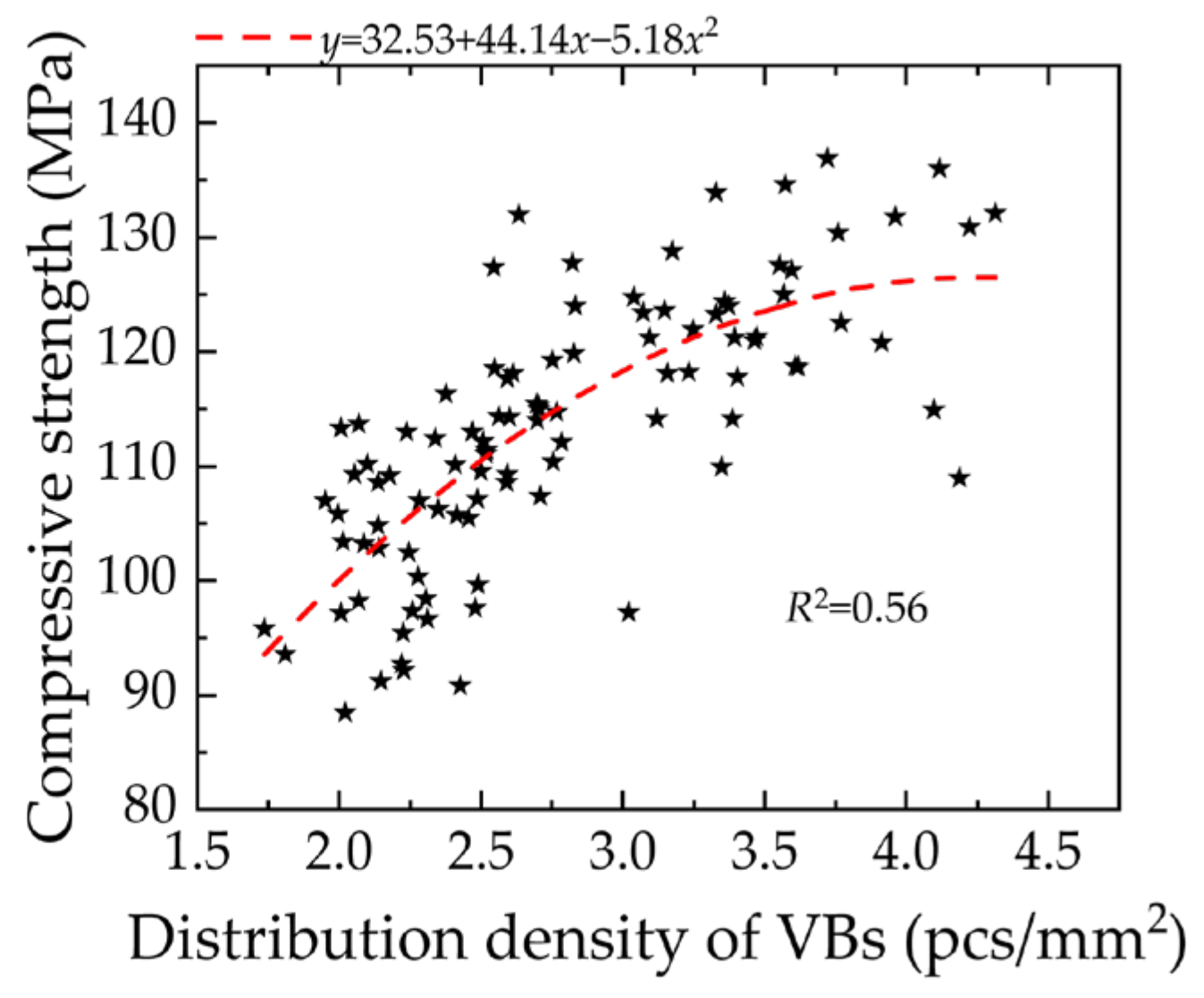
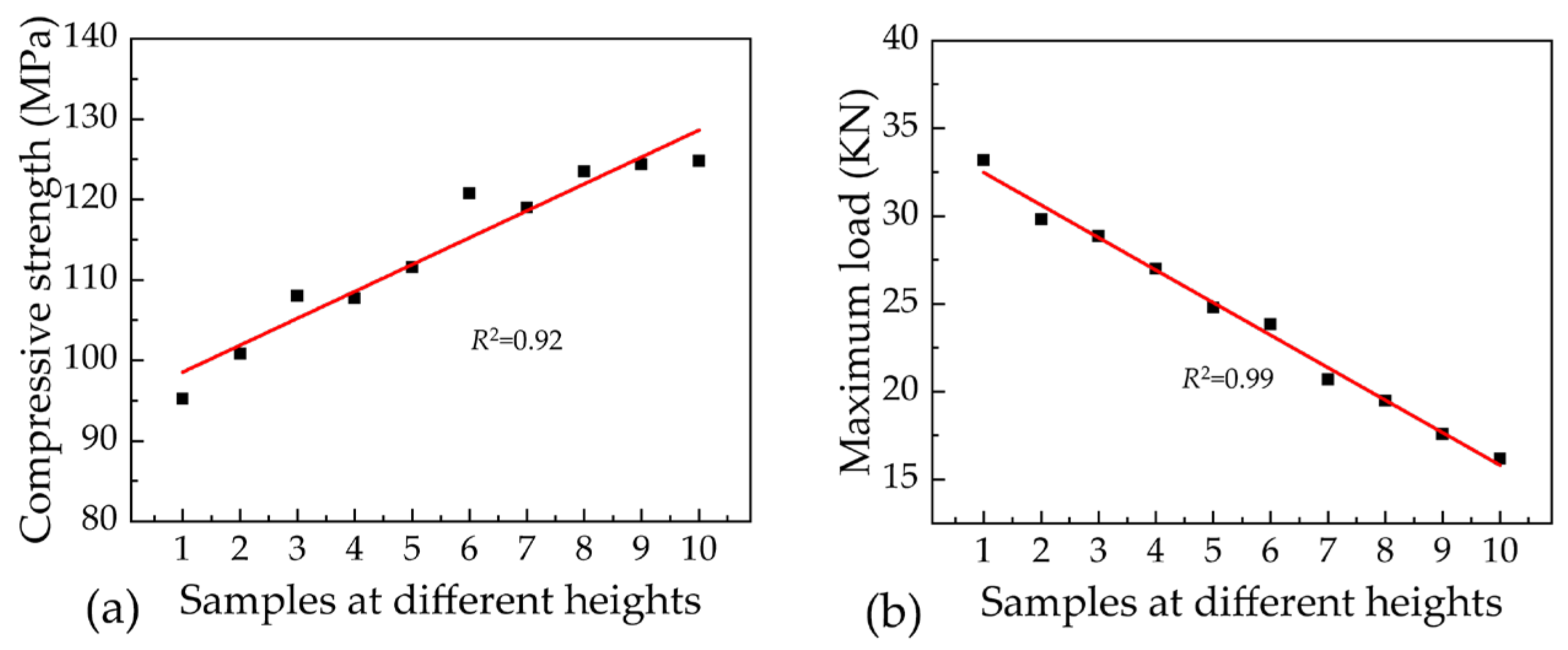

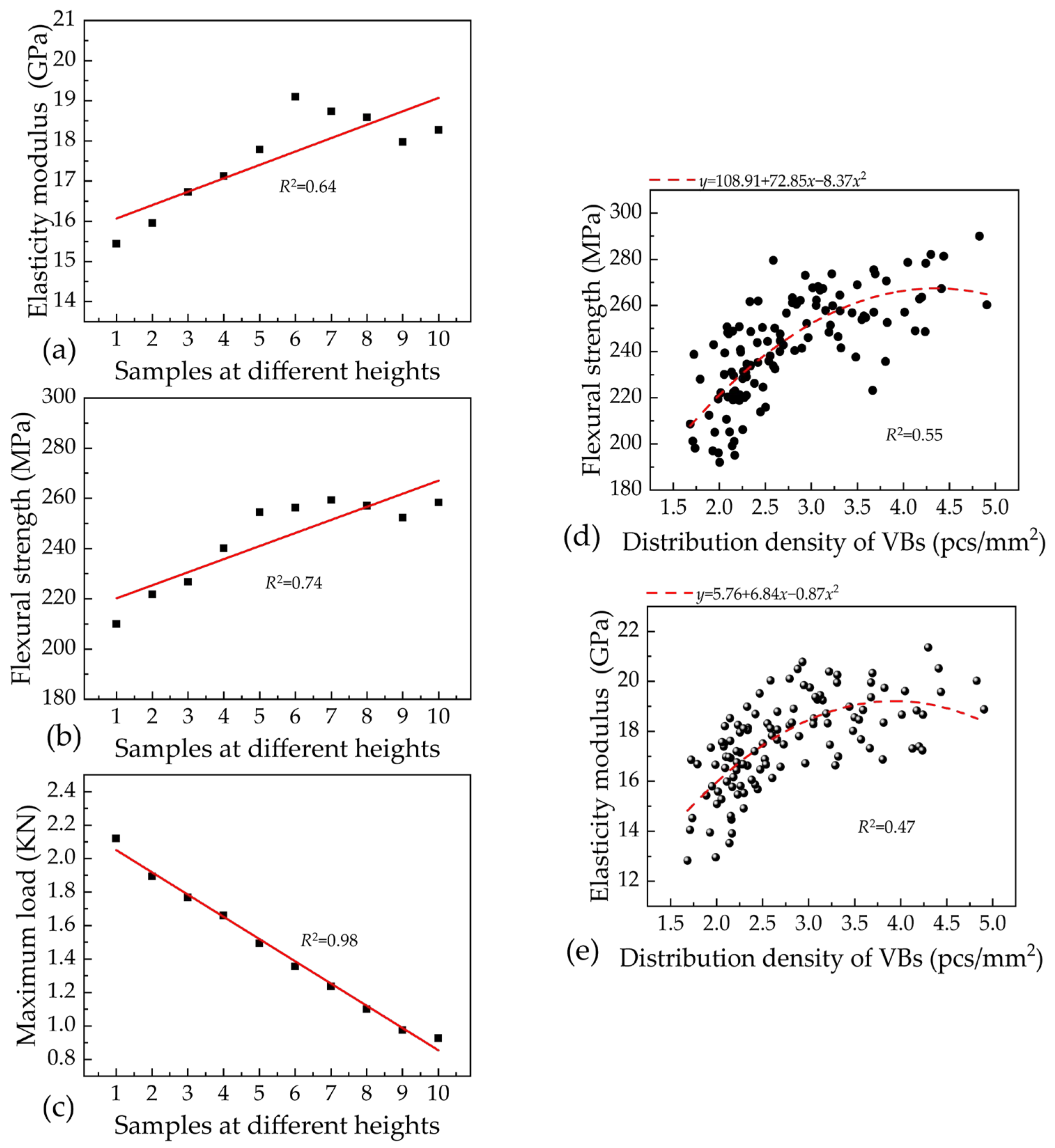

Disclaimer/Publisher’s Note: The statements, opinions and data contained in all publications are solely those of the individual author(s) and contributor(s) and not of MDPI and/or the editor(s). MDPI and/or the editor(s) disclaim responsibility for any injury to people or property resulting from any ideas, methods, instructions or products referred to in the content. |
© 2024 by the authors. Licensee MDPI, Basel, Switzerland. This article is an open access article distributed under the terms and conditions of the Creative Commons Attribution (CC BY) license (https://creativecommons.org/licenses/by/4.0/).
Share and Cite
Zhang, K.; Yu, L.; Dai, F.; Chen, Y.; Jiang, Z.; Wang, Y.; Tian, G. Bamboo Structure and Its Impact on Mechanical Properties: A Case Study of Bambusa arundinaceae. Forests 2024, 15, 762. https://doi.org/10.3390/f15050762
Zhang K, Yu L, Dai F, Chen Y, Jiang Z, Wang Y, Tian G. Bamboo Structure and Its Impact on Mechanical Properties: A Case Study of Bambusa arundinaceae. Forests. 2024; 15(5):762. https://doi.org/10.3390/f15050762
Chicago/Turabian StyleZhang, Kangjian, Linpeng Yu, Fukuan Dai, Yuxuan Chen, Zehui Jiang, Youhong Wang, and Genlin Tian. 2024. "Bamboo Structure and Its Impact on Mechanical Properties: A Case Study of Bambusa arundinaceae" Forests 15, no. 5: 762. https://doi.org/10.3390/f15050762



